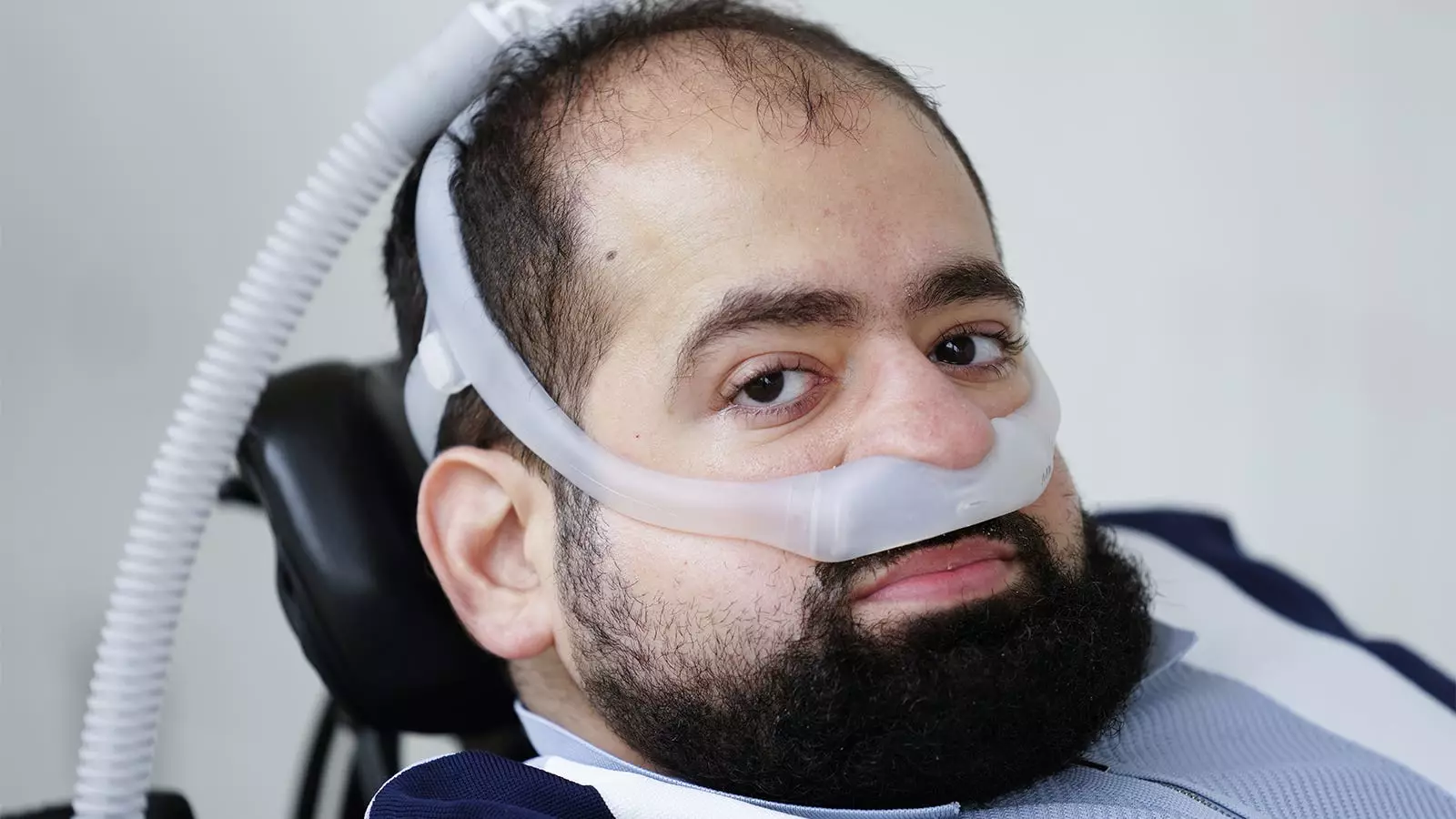Amyotrophic lateral sclerosis (ALS) patients like Grace Armant are facing hurdles in obtaining coverage for essential home ventilators. As per Armant, UnitedHealthcare has continually rejected requests for a machine she requires to breathe comfortably as she battles the fatal disease. Doctors across the nation are witnessing a similar trend with various insurers making it difficult for patients to access the necessary equipment. Patients often have to navigate through less effective, cheaper devices before some insurance companies offer coverage. Moreover, in situations where a second machine is needed for patients transitioning from the bed to a wheelchair, insurers hesitate to provide coverage.
Increasing Demand for Home Ventilators
Many physicians believe that the resistance shown by insurers to provide coverage is a consequence of the heightened demand for such devices. Data from the HHS Office of Inspector General reveals a substantial surge in Medicare spending on ventilators from 2009 to 2017, indicating a growing need for these devices. The noninvasive ventilators have proven to be life-saving for individuals like Armant, who suffer from ALS. These devices function by continuously supplying air to the lungs through a mask, eliminating the need for trachea surgery. While insurers claim to cover these ventilators, the approval depends on various factors, creating challenges for several patients.
Individuals like Jaggar DeMarco and Dale Harper have encountered significant obstacles in securing ventilator coverage for themselves or their loved ones. DeMarco, a student at Temple University, had to wait over three years for his ventilator, emphasizing the necessity of these devices for individuals with critical respiratory conditions. On the other hand, Harper had to make a personal plea to UnitedHealthcare to obtain ventilator coverage for his son, Jacob, who battles a severe form of ALS. Such instances highlight the distressing experiences faced by patients and their families as they navigate through insurance complexities to access life-saving equipment.
Impact on ALS Patients and Healthcare Providers
The denial of ventilator coverage has severe implications for ALS patients and healthcare providers. Patients without access to ventilators may have to settle for less efficient alternatives or resort to entering hospice care. From a medical standpoint, the lack of ventilator coverage could compel patients to make frequent hospital visits, posing a significant health risk. The burden of insurance-related complications falls not only on patients but also on healthcare providers who strive to deliver comprehensive care to individuals battling life-threatening illnesses.
The escalating challenges in obtaining insurance coverage for home ventilators necessitate policy changes and advocacy efforts to safeguard the interests of vulnerable patient populations. Physicians like Deidre Devier and John Hansen-Flaschen advocate for broader coverage and streamlined approval processes to ensure timely access to critical medical devices. The resilience demonstrated by patients, families, and healthcare providers in confronting insurance-related obstacles underscores the urgent need for a concerted effort to address these systemic issues.
The complexities surrounding insurance coverage for home ventilators present a formidable challenge for ALS patients and individuals with critical respiratory conditions. The narratives of individuals like Grace Armant, Jaggar DeMarco, and Dale Harper underscore the urgent need for comprehensive policy reforms and advocacy initiatives to enhance access to essential medical equipment. By shedding light on the struggles faced by vulnerable patient populations, it becomes imperative for stakeholders to collaborate and effect meaningful change in insurance practices to ensure equitable healthcare for all.

Leave a Reply